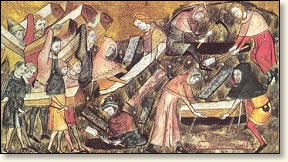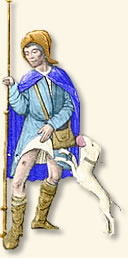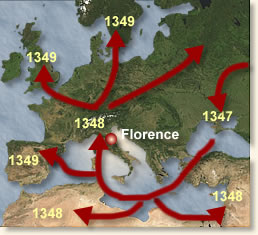
Herpes simplex virus (HSV) infections are very common worldwide. HSV-1 is the main cause of herpes infections that occur on the mouth and lips, including cold sores and fever blisters. It is transmitted through kissing or sharing drinking utensils. HSV-1 can also cause genital herpes, however, HSV-2 is the main cause of genital herpes. HSV-2 is contracted through sexual contact. You may be infected with HSV-1 or HSV-2 but not show any symptoms. Often symptoms are triggered by exposure to the sun, fever, menstruation, emotional stress, a weakened immune system, or an illness.
There is no cure for herpes, and once you have it, it is likely to recur; however, some people may have one outbreak and then never have another one. In between herpes outbreaks, the virus lies dormant (as if it is hibernating or sleeping) in nerve cells.
While exposure to HSV-1 is extremely common – as many as 90% of American adults have been exposed to the virus – and there is no stigma to having a cold sore, HSV-2 or genital herpes can cause embarrassment. Although there is no cure for genital herpes, an infected person can take steps to preventing spreading the disease and can continue to have a normal sex life.
While most herpes infections do not cause serious complications, infections in infants and in people with weakened immune systems or herpes infections that affect the eyes can be life threatening.













